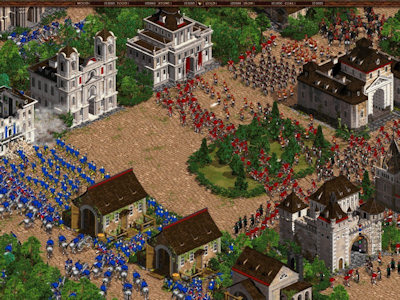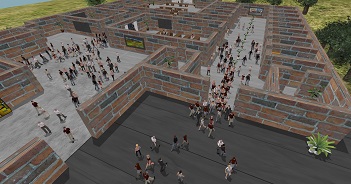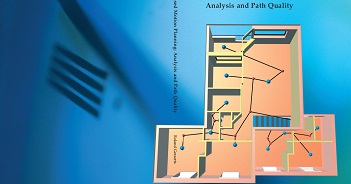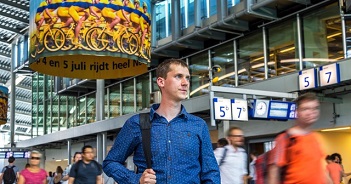Abstract
In computer games, one or more groups of units need to move from one location to another as quickly as possible. If there is only one group, then it can be solved efficiently as a dynamic flow problem. If there are several groups with different origins and destinations, then the problem becomes NP-hard. In current games, these problems are solved by using greedy ad hoc rules, leading to long traversal times or congestions and deadlocks near narrow passages. We present a centralized optimization approach based on Integer Linear Programming. Our solution provides an efficient heuristic to minimize the average and latest arrival time of the units.
Reference
-
Marjan van den Akker, Roland Geraerts, Han Hoogeveen and Corien Prins. Path Planning for Groups using Column Generation. In Motion in Games (MIG'10), Springer Lecture Notes in Computer Science (LNCS) 6459, pp. 94-105, 2010.
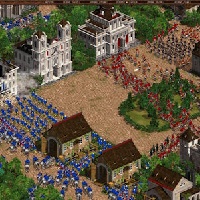
Our follow up reseach can be found here where we've integrated local collision avoidance behaviour.
Movie
The need for the proposed technique is demonstrated in the following movie.
